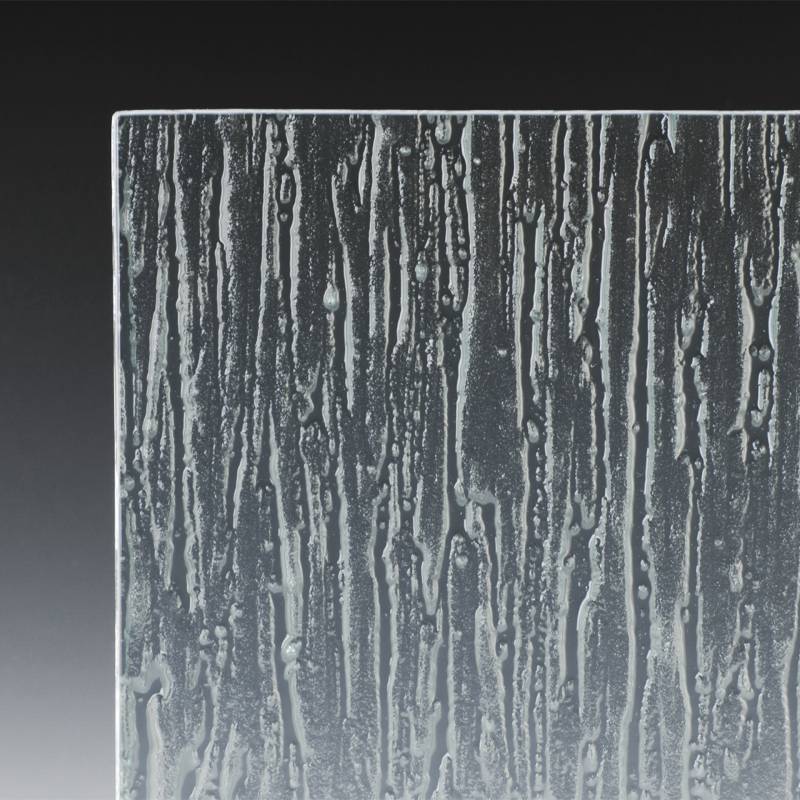The Growing Market of Reflective Glass An Insight into Pricing Trends
Reflective glass has become an integral component in modern architecture, offering a blend of aesthetic appeal and energy efficiency. As urbanization continues to rise, the demand for reflective glass has surged, prompting a closer look at its pricing dynamics.
Reflective glass is characterized by its ability to reflect sunlight while allowing natural light to enter buildings. This unique property not only enhances the visual appeal of structures but also contributes to energy savings by reducing the need for artificial lighting and cooling systems. With a growing emphasis on sustainability and energy conservation, architects and builders are increasingly opting for this type of glass.
The price of reflective glass is influenced by several factors, including manufacturing processes, raw material costs, and global economic conditions. In terms of production, the process of coating regular glass with a reflective layer involves advanced technologies that can be costly. This complexity can lead to higher initial prices, especially for high-performance reflective glass designed to meet stringent energy efficiency standards.
reflective glass price
Raw material costs play a significant role in determining the price of reflective glass. The key raw materials used in its production include silica sand, soda ash, and various chemicals for the reflective coating. Fluctuations in the prices of these materials can directly impact the final cost of reflective glass products. For instance, recent supply chain disruptions and increases in the prices of raw materials have led to a spike in reflective glass prices across the globe.
Another crucial factor influencing pricing is the market demand driven by regional construction trends. In areas experiencing a construction boom, reflective glass prices may rise due to heightened demand. Conversely, in regions where construction is slowing down, prices may stabilize or even decrease as suppliers compete for a shrinking market. Additionally, tariffs and trade regulations can also affect prices, especially for imported glass products.
On a broader scale, global economic conditions have a substantial impact on reflective glass pricing. Economic downturns can lead to reduced investment in construction projects, negatively affecting demand and potentially lowering prices. Conversely, during periods of economic growth, increased construction activities can drive prices higher.
In conclusion, the pricing of reflective glass is multifaceted, shaped by a combination of production costs, raw material prices, market demand, and global economic conditions. As the architectural landscape evolves and the push for sustainable construction practices intensifies, the role of reflective glass will undoubtedly grow. Consequently, understanding the factors influencing its price will be essential for industry stakeholders, from manufacturers to builders, as they navigate the complexities of this dynamic market. As we move forward, careful consideration of these elements will help in making informed purchasing decisions and ultimately contribute to the successful integration of reflective glass in future architectural projects.
 Afrikaans
Afrikaans  Albanian
Albanian  Amharic
Amharic  Arabic
Arabic  Armenian
Armenian  Azerbaijani
Azerbaijani  Basque
Basque  Belarusian
Belarusian  Bengali
Bengali  Bosnian
Bosnian  Bulgarian
Bulgarian  Catalan
Catalan  Cebuano
Cebuano  Corsican
Corsican  Croatian
Croatian  Czech
Czech  Danish
Danish  Dutch
Dutch  English
English  Esperanto
Esperanto  Estonian
Estonian  Finnish
Finnish  French
French  Frisian
Frisian  Galician
Galician  Georgian
Georgian  German
German  Greek
Greek  Gujarati
Gujarati  Haitian Creole
Haitian Creole  hausa
hausa  hawaiian
hawaiian  Hebrew
Hebrew  Hindi
Hindi  Miao
Miao  Hungarian
Hungarian  Icelandic
Icelandic  igbo
igbo  Indonesian
Indonesian  irish
irish  Italian
Italian  Japanese
Japanese  Javanese
Javanese  Kannada
Kannada  kazakh
kazakh  Khmer
Khmer  Rwandese
Rwandese  Korean
Korean  Kurdish
Kurdish  Kyrgyz
Kyrgyz  Lao
Lao  Latin
Latin  Latvian
Latvian  Lithuanian
Lithuanian  Luxembourgish
Luxembourgish  Macedonian
Macedonian  Malgashi
Malgashi  Malay
Malay  Malayalam
Malayalam  Maltese
Maltese  Maori
Maori  Marathi
Marathi  Mongolian
Mongolian  Myanmar
Myanmar  Nepali
Nepali  Norwegian
Norwegian  Norwegian
Norwegian  Occitan
Occitan  Pashto
Pashto  Persian
Persian  Polish
Polish  Portuguese
Portuguese  Punjabi
Punjabi  Romanian
Romanian  Russian
Russian  Samoan
Samoan  Scottish Gaelic
Scottish Gaelic  Serbian
Serbian  Sesotho
Sesotho  Shona
Shona  Sindhi
Sindhi  Sinhala
Sinhala  Slovak
Slovak  Slovenian
Slovenian  Somali
Somali  Spanish
Spanish  Sundanese
Sundanese  Swahili
Swahili  Swedish
Swedish  Tagalog
Tagalog  Tajik
Tajik  Tamil
Tamil  Tatar
Tatar  Telugu
Telugu  Thai
Thai  Turkish
Turkish  Turkmen
Turkmen  Ukrainian
Ukrainian  Urdu
Urdu  Uighur
Uighur  Uzbek
Uzbek  Vietnamese
Vietnamese  Welsh
Welsh  Bantu
Bantu  Yiddish
Yiddish  Yoruba
Yoruba  Zulu
Zulu 

